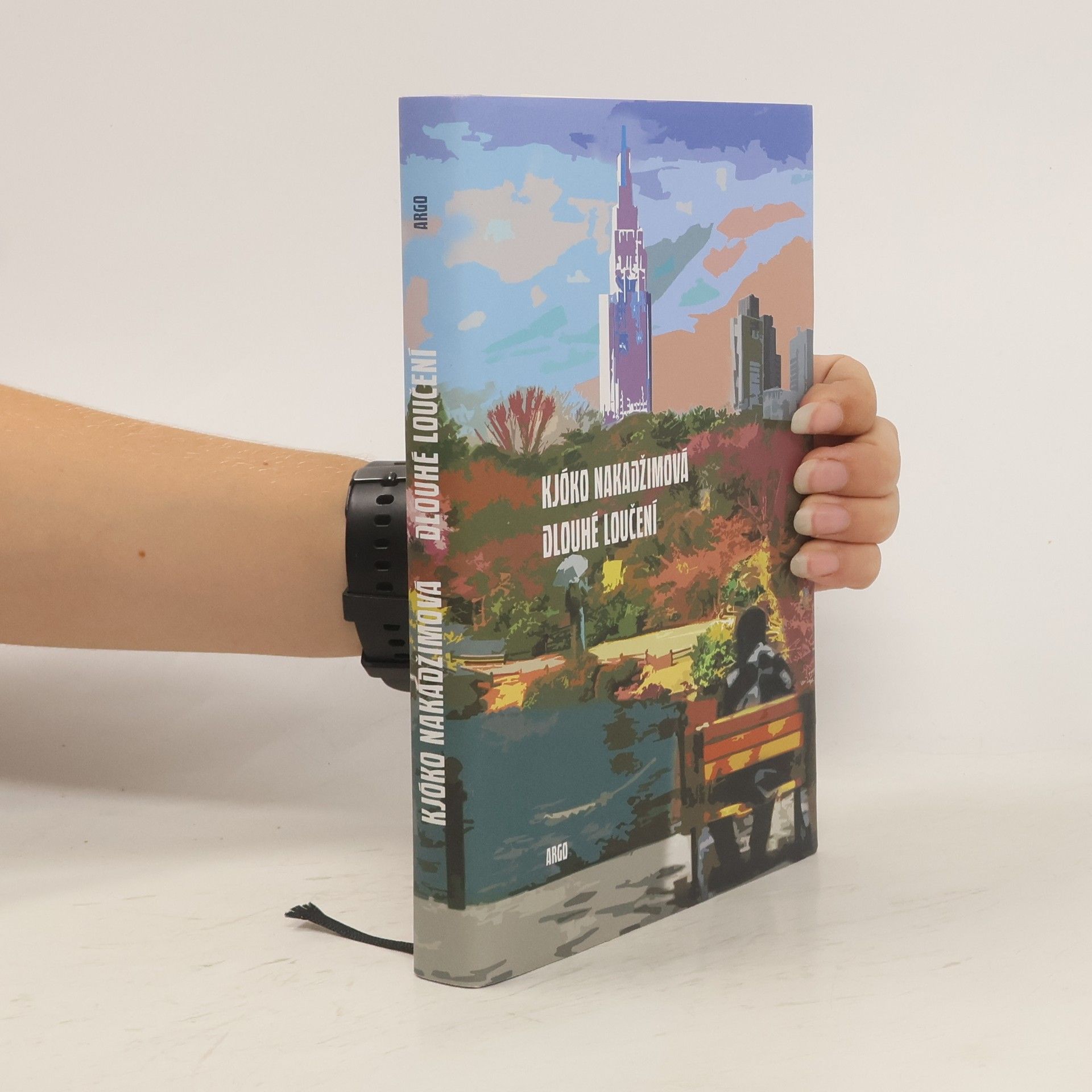Dlouhé loučení
- 200 pages
- 7 hours of reading
Soubor vzájemně propojených příběhů starého pána Šóheie Higašiho, bývalého ředitele školy, postiženého Alzheimerovou chorobou. Postupná proměna dopadá na jeho manželku, tři dospělé dcery a vnoučata, kteří se pokoušejí vyrovnat s jeho stavem a během deseti let dennodenně řešit praktické problémy, jež testují pouta jejich vztahů. Zpočátku se snaží jeho stav zakrýt, později jej chránit a zároveň povzbuzovat. I v trapných situacích se však setkáváme s okamžiky rodinné sou- držnosti a jemného humoru. Jak se příznaky Šóheiovy demence zhoršují, jeho rostoucí dezorientace vede k novým, nečeka ným setkáním s lidmi kolem. Nakonec se sami sebe ptáme: „Co z nás bez vzpomínek dělá toho, kým jsme?“ Příběhy se odehrávají na pozadí života v současném Japonsku, kde se přežívající tradice střetávají s postojem a každodenními problémy mladé generace.


